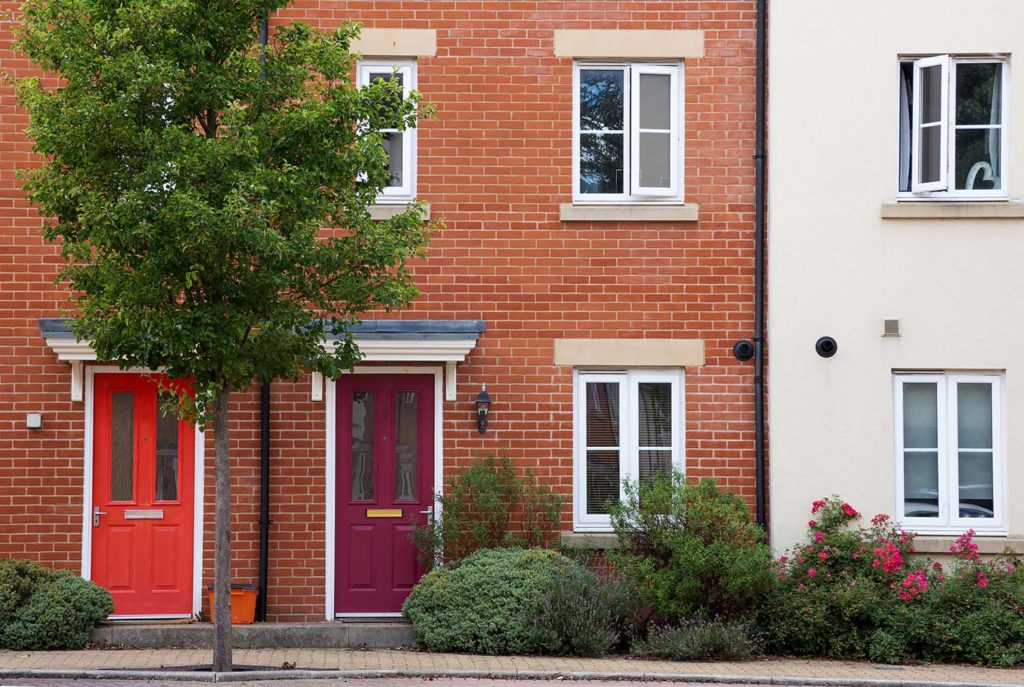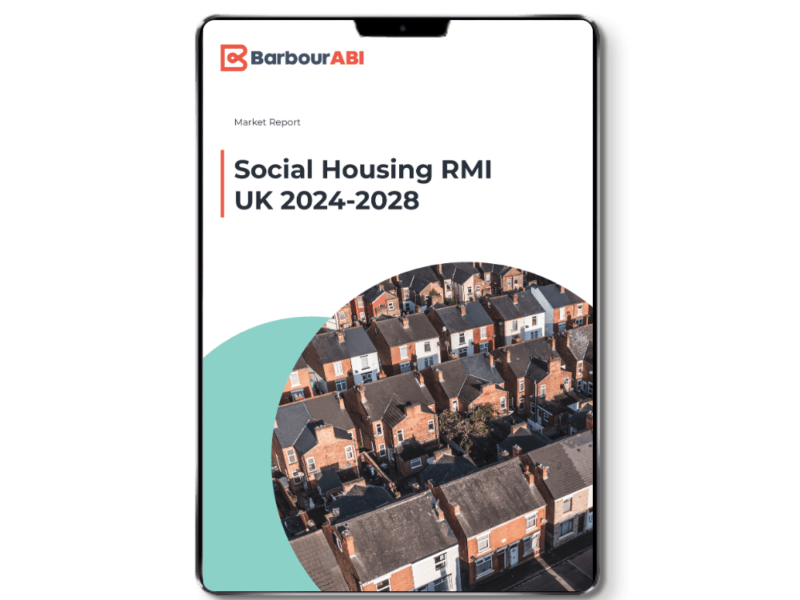Social Housing RMI Market 5 Key Facts

After the release of Barbour ABI’s latest edition of the Social Housing RMI Market Report UK 2024-2028, Editor of the report, Claudia Charquet shares 5 major key facts found in the report.
A Stable Sector
The social housing RMI sector has remained stable in the past ten years.
The UK needs more social housing new build, but in the short term, we expect RMI construction work to grow faster than new build.
Social housing RMI is forecast to grow in the next five years and reach its highest level in output value since 2013.
Providers of Social Housing
The report covers registered providers of social housing in the UK include local authorities and ALMOs, Not-for-profit registered providers (PRPs) such as housing associations and community trusts, and For-profit registered providers.
While each group, and sub-groups, are reviewed in this report, we find that PRPs have a higher dwelling stock in the UK when compared to local authority dwelling stocks.
Additional Funds for Remedial Work Due to Regulation
The UK government has promised additional funds for fire safety remediation work, such as cladding removal, for 2025/26.
Awaab’s law, the Decent Homes Standard, and the Social Housing White Paper are also expected to have an impact on the type of RMI work happening in the next five years, as well as increasing investments from social housing providers.
This trend will be further reinforced by the UK’s net zero plan, and the number of social homes with an EPC rating equal or below D.
Tenant Dissatisfaction
Levels of tenant dissatisfaction with social housing repair and maintenance work have increased since 2021, particularly regarding local authority held dwellings.
This may drive RMI expenditures from local authority, although housing associations historically have higher RMI expenditures when compared to local authorities.
RMI Expenditure
Housing associations’ RMI expenditures continue to grow year-on-year, and while inflation was a contributing factor to this increase, we find that housing associations aim at quickly improving their social housing stock. Capitalised major works and routine services represent most of their expenditures.
Quote from the Editor
“It is clear that there is a widespread commitment from landlords to improve the energy efficiency and safety of homes – Fire safety remains a priority following Grenfell.
The tragic death of Awaab Ishak highlighted the dangers of living with damp, mould, and condensation. The resulting Awaab’s law has given a greater voice to tenants and driven the need for landlords to invest in tackling this issue.”
Recent Posts
- Key Trends and Market Dynamics in the UK Bricks, Blocks & Precast Concrete Sector
- Navigating Market Volatility: The Future of the UK Kitchen and Bathroom Distributors
- UK Kitchen and Bathroom Distribution: Growth, Challenges, and Opportunities
- Diesel Dominance and the Rise of Green Alternatives in the UK Generator Market
- From Diesel to Hybrid: Barbour ABI Maps UK Generator Hire Market Evolution
Categories
Archives
Share
Featured Report
-

Social Housing RMI Market Report UK 2024-2028
£1,499.00 Exc. VAT Add to BasketThe UK Social Housing RMI Market Report 2024-2028 includes a detailed assessment of current trends and developments in the overall market. The market is assessed by type of registered providers, contractors’ output, UK region...


